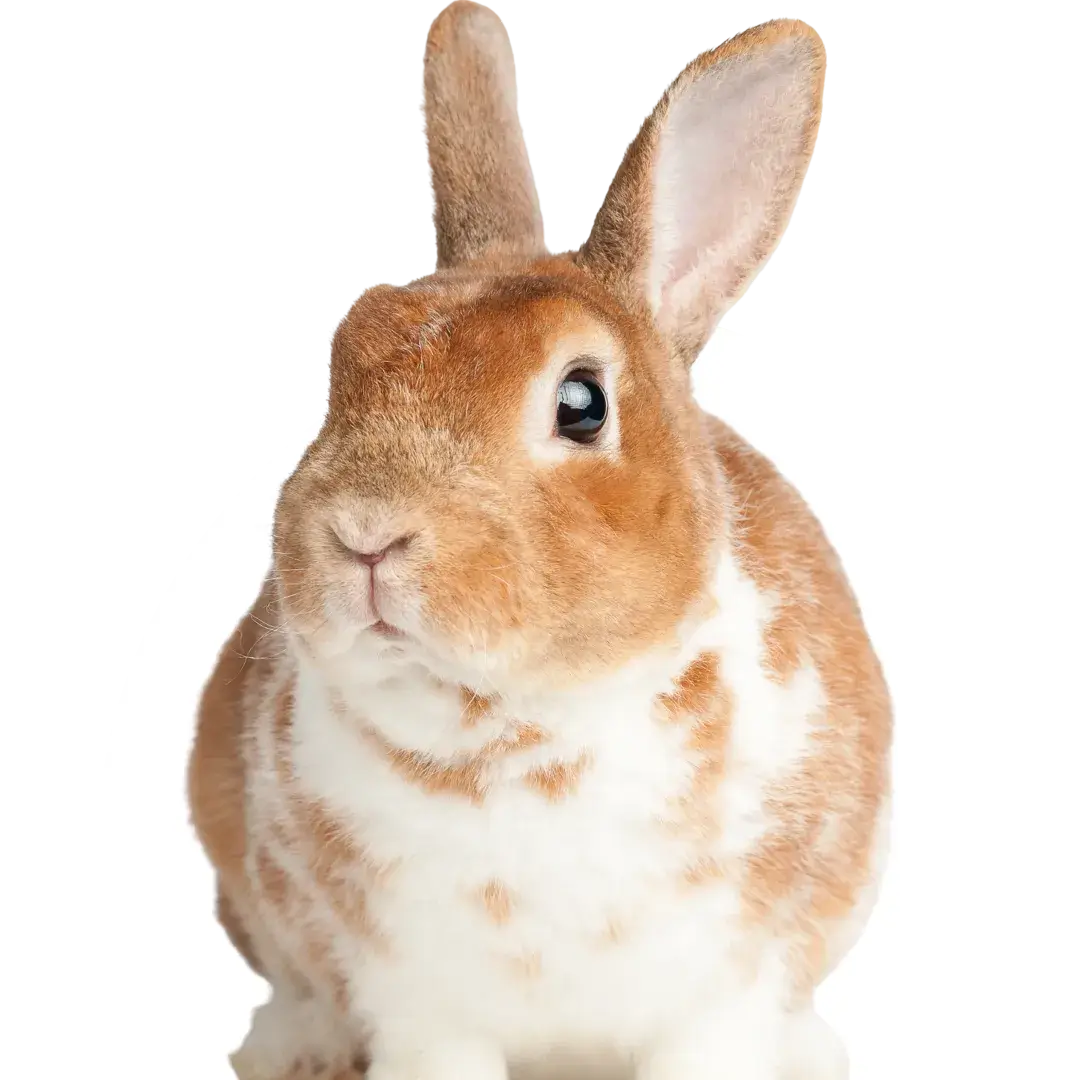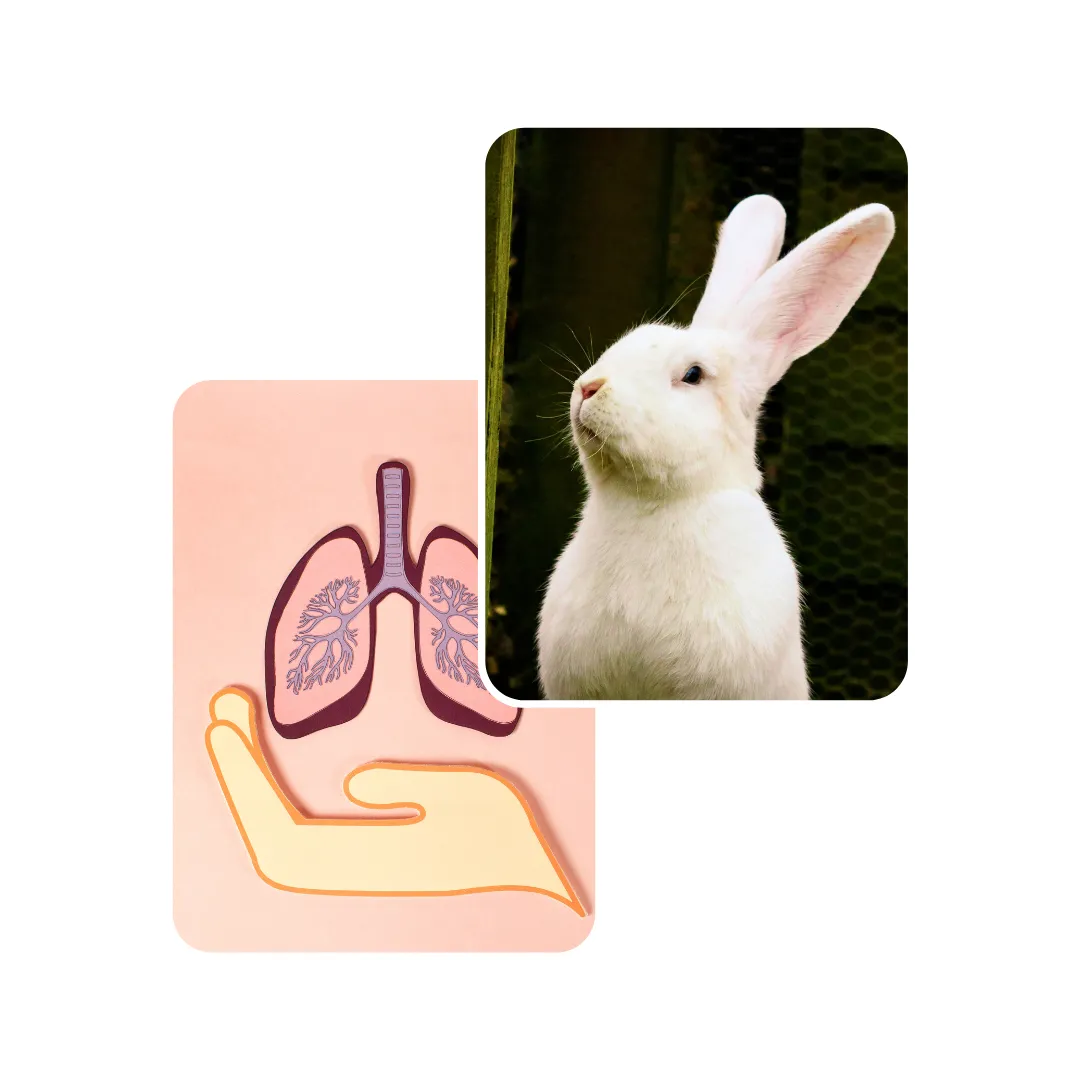

Look for sudden limping, swelling, or refusal to move a leg. In severe cases, you may see bone protruding or the limb at an odd angle.
Yes, with prompt treatment. Simple fractures often heal well with splints, while severe cases may need surgery. Spinal fractures, however, have a poor prognosis.
X-rays are the most accurate method. A vet will check for broken bones, dislocations, or spinal injuries.
Keep your rabbit calm and restrict movement. Place them in a padded box and bring them to the vet immediately. Do not attempt to set the bone yourself.
Healing usually takes 4–8 weeks, depending on the fracture type and the rabbit’s age and health.
Your pet deserves expert care – Subscribe now for trusted tips and updates from our pet experts.
